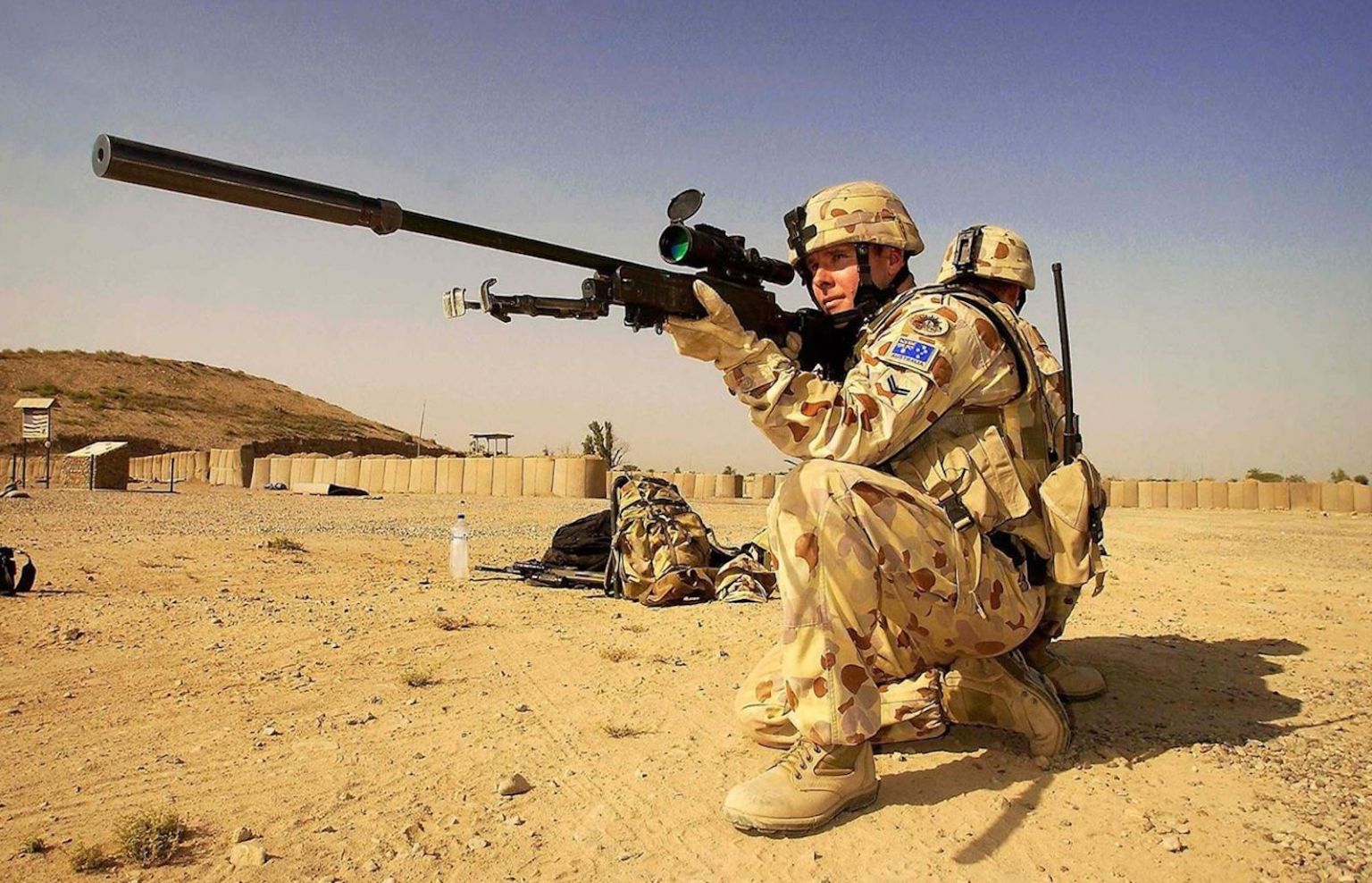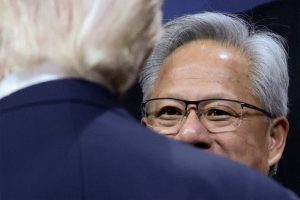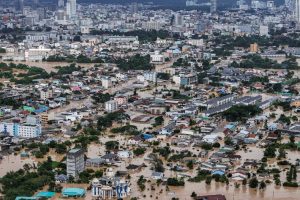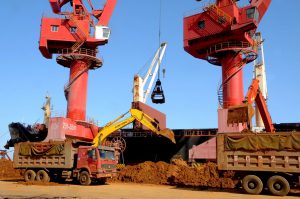Australia has announced a major shift in its defence strategy to challenge China’s threat in the Indo-Pacific, with US$185 billion newly budgeted for long-range missiles, satellite surveillance and other counter-measures.
Likely to be supplied by the US over the next ten years, the weapons will not boost defence spending in real terms, but will bring a more aggressive mindset and capability of launching strikes well beyond the country’s borders.
Prime Minister Scott Morrison said today (July 1) in an address to armed forces personnel that maintaining a “largely defensive force” won’t be adequate to deter attacks against Australia or its future interests.
“There is a new dynamic of strategic competition, and the largely benign security environment Australia has enjoyed roughly from the fall of the Berlin Wall to the global financial crisis is gone. The risk of miscalculation – and even conflict – is heightening,” he warned.
Morrison described the defence capability as having three key objectives: shaping Australia’s strategic environment, deterring actions against its interests and responding with credible military force when necessary.
This will mean Australian forces spending less time in distant hotspots like the Middle East and more in the Indo-Pacific, where tensions are growing over China’s belligerent stance on trading routes like the South China Sea.
There was no specific mention of China in Morrison’s speech, but analysts said it was the obvious target of the new spending. There are particular concerns that Beijing might try to exploit political and economic instability in small Pacific island nations, traditionally Australia’s sphere of influence.
“When they talk about the bad behavior that’s happening in the region, the annexation of territory, coercion, the influencing of domestic politics, the use of cyberattacks – it’s really only one country which is doing that at industrial levels, and that’s the People’s Republic of China,” said Peter Jennings, director of the Australian Strategic Policy Institute think tank.
Most of the money will be spent on weapons and research rather than new delivery platforms like ships and planes, with US$51.5 billion for the navy, $38 billion for land combat and $44.7 billion for the aviation sector.
There will also be $10 billion earmarked to counter cyber threats, and $4.8 billion for space warfare, marking Australia’s first entry into that field. The cyber funding follows Morrison’s accusations that a “state-based actor” is attacking health systems, critical infrastructure and political institutions.
A revamped four-year cyber strategy is due to be released later this year.
Research centers will develop “space capabilities” aimed at boosting the quality of surveillance through censors and tracking systems. Australia will also build a satellite network to have an independent communications capability; it has a launch facility and testing range in South Australia.
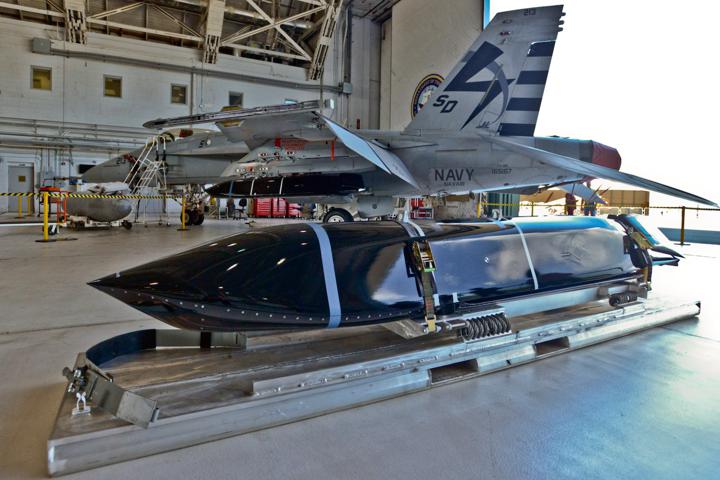
A Long Range Anti-Ship Missile (LRASM) mass simulator integrated on an F/A-18E Super Hornet at a US Navy Base. Image: Wikimedia
The military hardware getting the most attention is the AGM-158C Long Range Anti-Ship Missile, supplied by the US Navy, which has a range of more than 370 kilometers. It will be fitted to Super Hornet fighter jets.
Canberra had already rejected demands by the US Marines to equip their rotational forces in Darwin with the missile, but is now likely to buy 200 for its own jets. They will replace Harpoon missiles with a range of 124 kilometers.
A further $6.4 billion has been set aside for research and development of hypersonic glide vehicles, directed energy weapons and other high-speed, long-range technologies, now being deployed by China and the US. More drones are likely to be deployed for forward aerial surveillance.
Underlining its commitment to defend regional allies, Australia will install a sprawling underwater surveillance system using high-tech sensors to detect maritime activity. It is also looking at using unmanned submarines, at least until 12 new attack submarines are ready in the early 2030s.
Australia’s existing fleet of six submarines, which was delivered between 1990-2003, has been plagued by technical difficulties and was due to be retired in 2026.
Unstated, but at the forefront of Morrison’s speech, is an understanding that the buildup is needed to help fill the defensive gap left by the Donald Trump administration’s more inward-looking strategic focus.
Australia appears to have accepted that it will need to more heavy lifting itself in the Indo-Pacific.
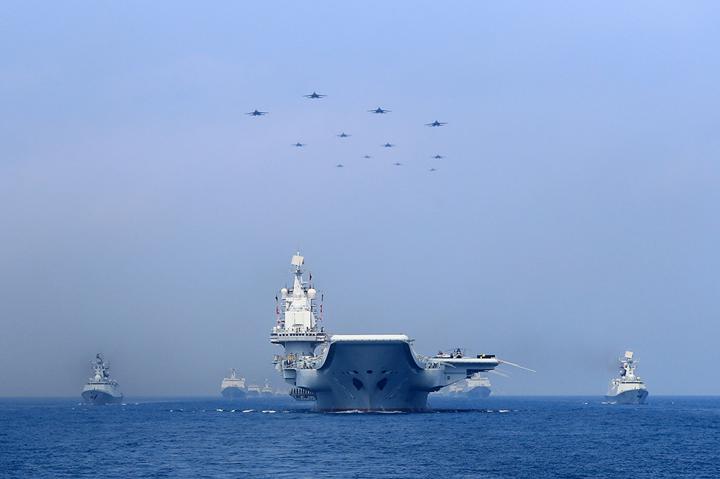
China’s Liaoning aircraft carrier in a naval exercise held in the South China Sea in April 2018. Photo: Weibo via VCG
Morrison said Canberra will be looking to partner with “friendly” nations in the region to stop “unfriendly” states from building military bases and other strategic infrastructure. Australian strategists believe that China is looking to establish at least one military facility in the southern Pacific.
“In this update, the government has directed Defence to prioritise the ADF’s [Australian Defence Force] geographical focus on our immediate region – the area ranging from the north-east Indian Ocean, through maritime and mainland Southeast Asia to Papua New Guinea and the South West Pacific,” Morrison said in his speech presented in Canberra.
Other than the US, Australia is likely to reach out to Asian allies Singapore, Japan and South Korea, and possibly India and Vietnam. It has a difficult relationship with neighboring Indonesia, but the countries have a shared mistrust of China and have been cooperating for years in counterterrorism programs.
In the Pacific, Canberra is trying to counter China’s influence in Fiji and the Solomon Islands, and views Papua New Guinea as a future strategic ally.




